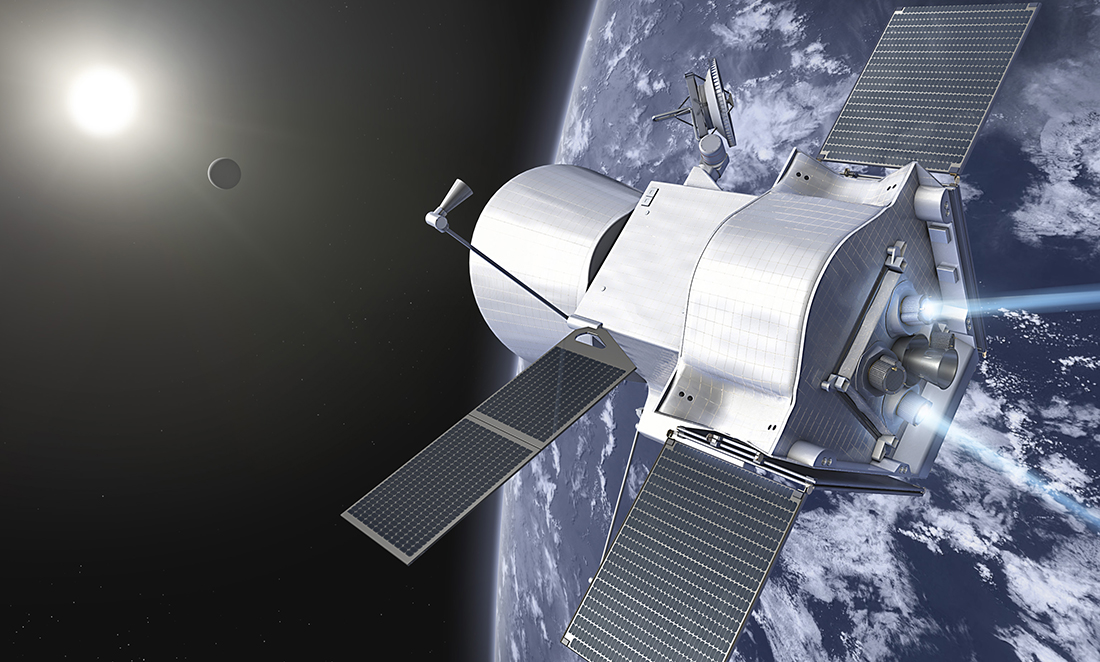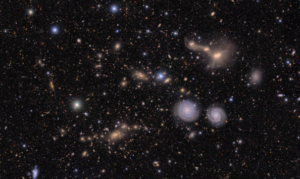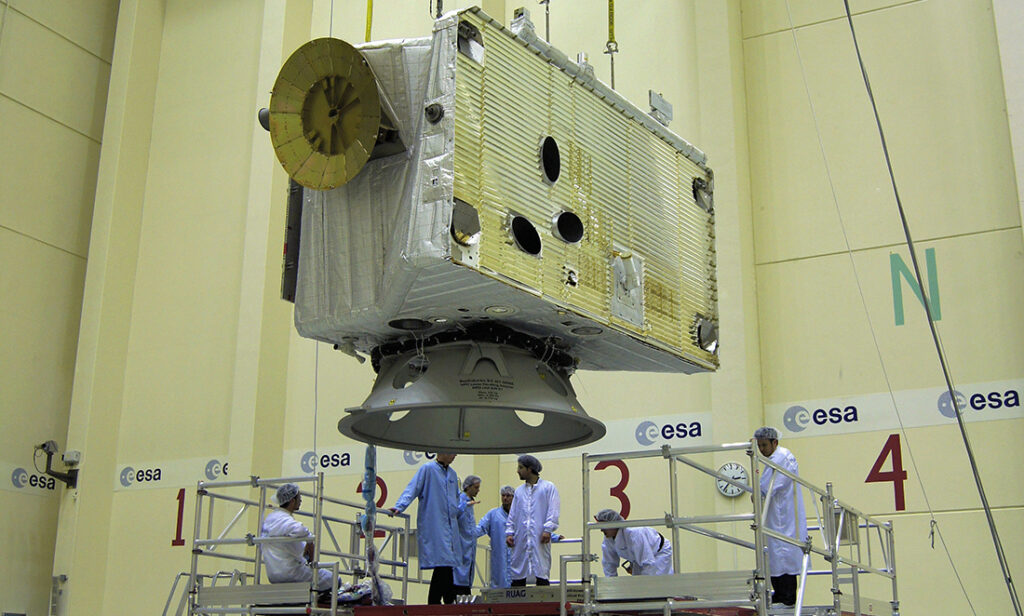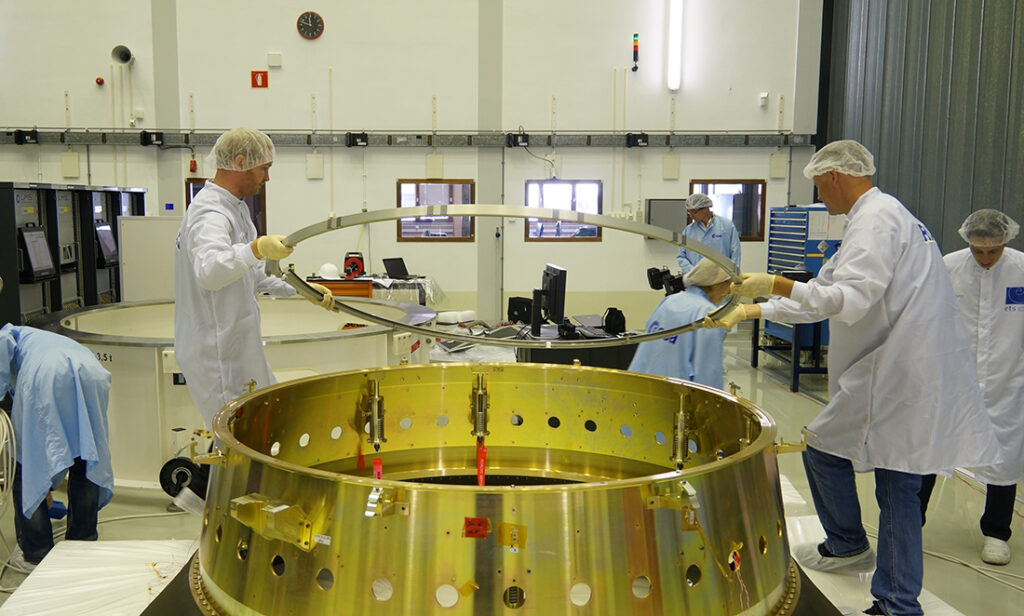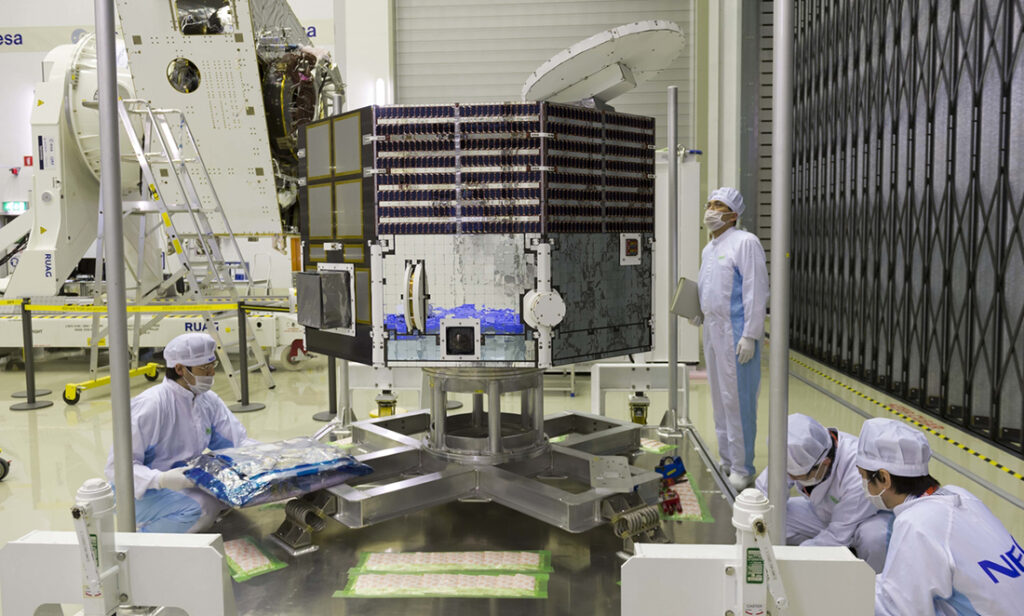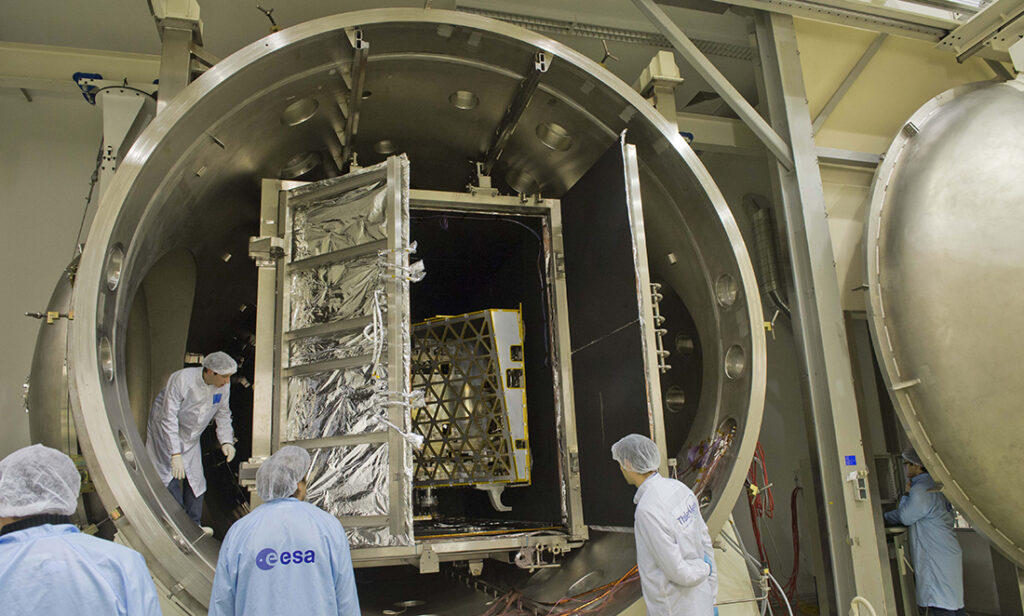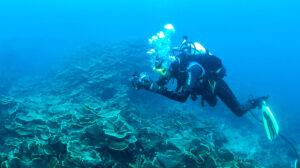Known as BepiColombo, the mission sees the European Space Agency (ESA) team up with Japan’s national space agency JAXA.
The two agencies will fly to Mercury together before separating to explore what is now the solar system’s smallest planet (since Pluto’s 2006 demotion to a ‘dwarf planet’).
Whether it triumphs or fails, the task of communicating with BepiColombo will fall partly to the monastic town of New Norcia.
THE SWIFT PLANET
Mercury is only slightly larger than the Earth’s moon and is the least explored terrestrial planet in the solar system.
It is perhaps best known for its extreme conditions, speedy orbit and weird sunrises.
Mercury’s proximity to the Sun and lack of atmosphere sees surface temperatures range from -1800C to a scorching 4300C.
Only two spacecraft—both NASA missions—have ever reached the planet.
Mariner 10 made three flybys in the 1970s, and MESSENGER orbited Mercury from 2011 until it ran out of propellant and crashed into the planet in 2015.
BepiColombo’s mission is to shed light on some of the mysteries that remain.
These include whether the core is liquid or solid and if the planet is tectonically active.
It will also probe why Mercury has a magnetic field and if there is sulphur or water ice at the poles.
THE ROAD TO LAUNCH
BepiColombo was slated for launch as early as 2013 but has been delayed several times.
The latest setback came in November when the ESA announced a major electrical problem was discovered with a power processing unit.
ESA project manager Ulrich Reininghaus said in a press statement that both units would have to be recertified for flight.
“This is expected to put back our preparations by about four months,” he said.
The current schedule has BepiColombo blasting off in October 2018.
The spacecraft will take a seven-year cruise to Mercury that includes nine flybys of Earth, Venus, and Mercury.
It is expected to finally arrive at its destination on 5 December 2025.
MONASTERIES AND DEEP SPACE
Tracking the spacecraft will be a state-of-the-art facility just 140km north of Perth in New Norcia.
The WA town best known for school camps and its community of Benedictine monks is also home to the ESA’s satellite ground station.
The station has previously supported spacecraft including Mars Express and Rosetta.
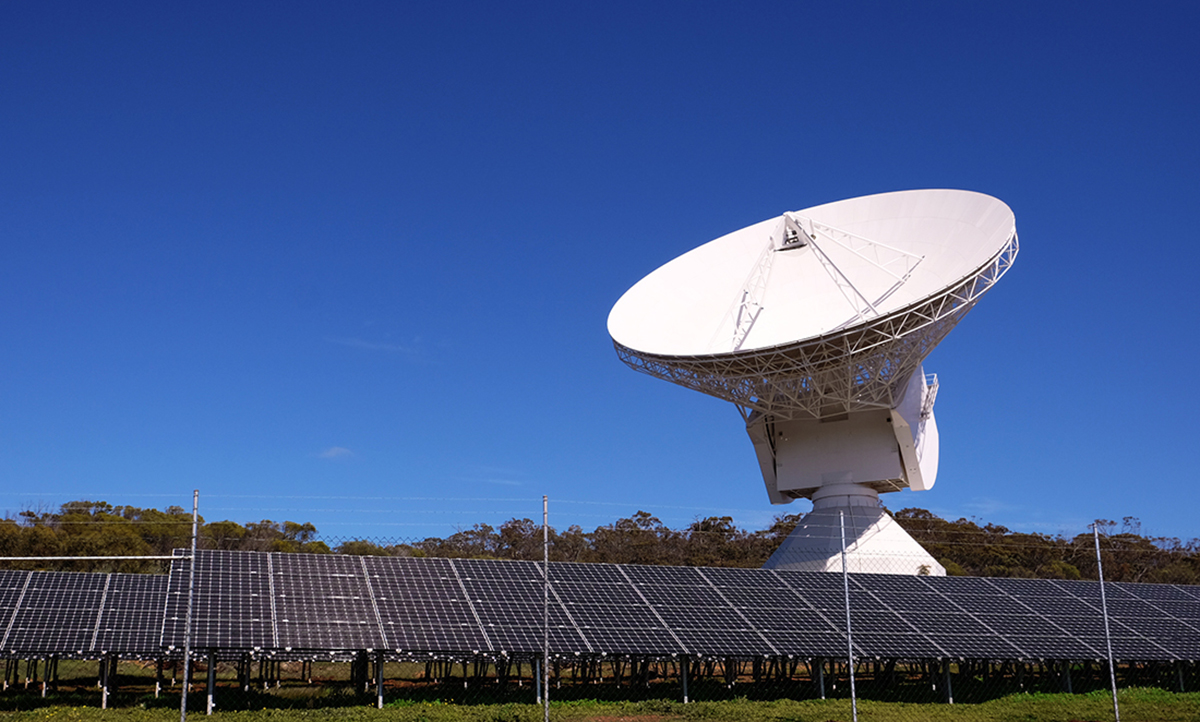
ON THE HORIZON
Other solar system missions to watch out for next year include:
- InSight
This NASA-led Mars lander is due to blast off 5 May 2018, and land on the red planet 26 November 2018. - Solar Probe Plus
NASA claims this will be the first mission to fly into the Sun’s upper atmosphere and “touch” the Sun. Launch window 31 July – 19 August 2018. - Solar Orbiter
Not to be outdone, the ESA’s mission to explore the Sun in unprecedented detail is scheduled for launch in October 2018. - Red Dragon
SpaceX announced last year it plans to send one of its Dragon spacecraft to Mars in May 2018 in preparation for future robotic and manned missions.



